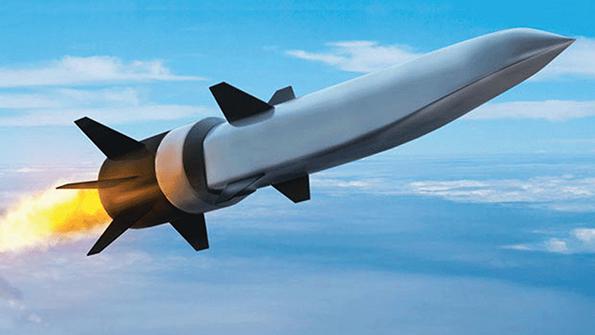Broad Set Of Hypersonic Cruise Missiles Under Review

U.S. defense officials are considering a “broad set” of scramjet-powered, hypersonic cruise missiles as the U.S. Air Force focuses in the near term on preparing a follow-on program to the Defense Advanced Research Projects Agency’s (DARPA) Hypersonic Air-breathing Weapon Concept (HAWC).
The near-term focus on the HAWC follow-on is for an air-launched, single-stage missile, with 15-20 carried aloft in the weapons bay of a heavy bomber.
Just as the Defense Department is developing air-, land- and sea-launched prototypes of boost-glide hypersonic missiles, the focus could expand after HAWC to other launch-modes besides aircraft.
“We’re also looking at other configurations that have a broad range of capabilities,” said Mike White, assistant director for hypersonics in the Defense Research and Engineering office for the Secretary of Defense.
“We’re looking at a broad set of air-breathing options,” White added.
The remarks elaborate on the Pentagon’s evolving strategy for scramjet-powered missiles. Such air-breathing propulsion systems fell to the bottom of the Pentagon’s priority list as boost-glide hypersonic technology prevailed after 2016.
But interest in air-breathing technology has been intensifying since last summer. In January, White and Mark Lewis, deputy director for Research and Engineering, confirmed to Aerospace DAILY that plans were being developed for an operational follow-on to the air-launched HAWC demonstrator.
At the same time, the Air Force announced on Feb. 10 plans to terminate the Hypersonic Conventional Strike Weapon (HCSW) after completing a critical design review later this month. The Army and Navy will continue to develop, test and field the most critical piece—the Common Hypersonic Glide Body—so HCSW could be quickly resumed if interest returns.
In the meantime, the Air Force will focus on transitioning the operational prototype for the AGM-183A Air-launched Rapid Response Weapon into a fielded missile and the cruise missile option.
“One of the side benefits of the Air Force stepping away from HCSW and putting a bow on the CDR is they can now focus on the HAWC follow-on as a second potential transition opportunity,” White said.
A cruise missile offers several advantages over boost-glide systems. They are smaller and more affordable, White said, allowing a heavy bomber to carry 15-20 compared to only a couple of large, long-range HCSWs.
The shape of a cruise missile also makes it easier to integrate a terminal guidance seeker, allowing the Air Force to hit targets that require such a sensor, White said. He did not elaborate, but some terminal guidance seekers are used to track moving targets, including at night and in bad weather.